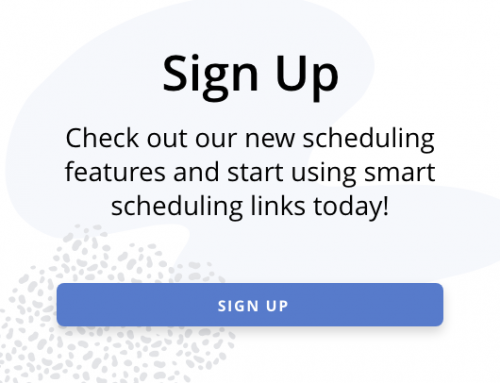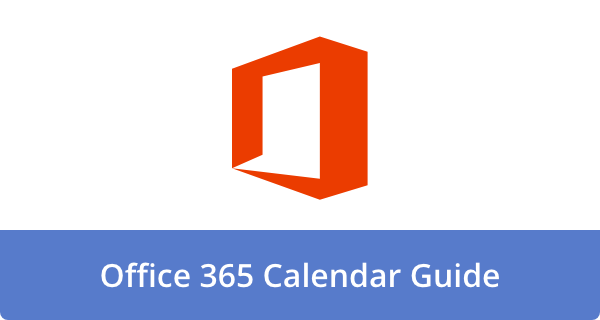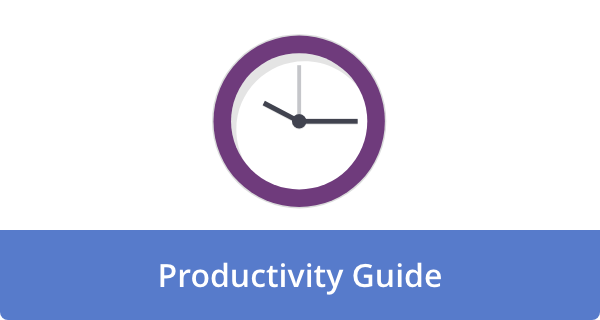

It often feels like we’re juggling emails, deadlines, and endless tasks. According to Smartsheet, over 40% of workers spend at least a quarter of their work week on manual, repetitive tasks, mostly email, data collection, and data entry.
However, artificial intelligence (AI) presents a beacon of hope. Specifically, we need to reclaim our time and focus on what truly matters. As Smartsheet further found, nearly 70% of workers cite automation’s biggest advantage as reducing time spent on repetitive work.
For many, it’s easy to see why. Imagine having a digital assistant handle the tedious tasks, allowing you to strategize, create, and innovate. This is the power of smart delegation. But how can we pass tasks to AI effectively? Also, what does this new era of productivity look like for the new generation of users?
In this post, we aim to demystify AI delegation and guide anyone who seeks to leverage these powerful tools. We’ll explore how AI can streamline your workflow, identify tasks that can be automated, and choose the right companions to help you along the way.
Understanding Smart Delegation: Beyond Human Limits
In essence, delegation entails entrusting tasks to others to optimize your time. Traditionally, this involved using human assistants or team members. Using artificial intelligence, though, we can achieve higher speed, consistency, and precision levels than humans alone. By utilizing AI-powered tools to perform tasks, smart delegation maximizes efficiency and minimizes human error.
Think of it as having a tireless, highly efficient virtual assistant who works round the clock and never takes a coffee break. To make the most of AI, you need to know what it excels at: repetitive, rule-based, data-driven, and administrative tasks. These areas can be strategically offloaded, freeing your mental bandwidth for more creative and strategic endeavors.
Identifying AI-Friendly Tasks: Where to Start
As you begin your AI delegation journey, you should identify time-consuming tasks that do not necessarily require human intuition or creativity. In other words, these are business tasks that can be automated. Here are some of the most common areas where AI shines;
- Administrative work. Imagine AI scheduling your meetings, organizing your inbox, and setting timely reminders for you. By eliminating administrative drudgery, you can concentrate on more strategic tasks.
- Content creation and editing. It is also possible for AI to draft initial outlines, summarize lengthy articles, or proofread your documents meticulously for you. By using tools like ChatGPT or Grammarly, you can reduce the amount of time you spend on content-related tasks.
- Data management. AI sorting, analyzing, and visualizing complex data sets is another possibility. The result? You can make data-driven decisions without spending hours manually processing information.
- Customer support. Using chatbots, you can answer routine customer inquiries instantly, allowing your team to focus on more complex issues.
- Marketing assistance. Artificial intelligence can optimize your ad targeting, suggest content strategies based on data analyses, and automate social media posts. As a result, you can be more efficient and effective in reaching your audience.
- Research and information retrieval. In addition to summarizing lengthy reports, AI extracts key information to provide quick insights. As a result, you can make informed decisions faster due to this accelerated research process.
When you categorize your tasks, you can identify those that are prime candidates for AI automation, enabling you to optimize your workflow strategically.
Choosing the Right AI Tools: Your Digital Allies
There are a wide variety of AI tools, each designed to perform a specific task. For seamless integration, you need the right tools. Listed below are some important categories and popular choices;
- Calendar and scheduling tools. Schedules, appointments, and time management are automated using AI tools like Calendar, Reclaim.ai, and Motion.
- Virtual assistants. With tools such as Google Assistant, Siri, and Microsoft Cortana, you can automate a lot of your everyday tasks, including scheduling, reminders, and basic tasks.
- Writing assistants. You can enhance your writing efficiency with platforms like ChatGPT, Jasper, and Grammarly that can assist with content creation, editing, and proofreading.
- Project management. AI-enhanced automation features, such as Asana, Trello, and ClickUp, can streamline project workflows and improve team collaboration.
- Customer support. Drift, Intercom, and Zendesk AI are chatbots that will handle routine queries, provide instant support, and free up your customer service staff.
- Data analysis. With tools like Tableau, Google Analytics, and IBM Watson, you can process and visualize data and make data-driven decisions.
Ultimately, the right AI tool will depend on your specific needs, workflow, and the complexity of the tasks you need to complete.
Integrating AI into Your Workflow: A Gradual Approach
Your workflow should be gradually integrated with AI, not overhauled overnight. Some strategies to consider are;
- Start small. Once you become comfortable with AI tools, automate simple, repetitive tasks.
- Customize settings. Many AI tools offer customization options that can be tailored to your specific workflow. Feel free to experiment with these settings and adjust them according to your preferences.
- Monitor and adjust. Although AI is powerful, it is not infallible. Regularly assess its performance and adjust settings as necessary to reach optimal results.
- Combine human oversight. Human supervision is essential for quality control and accuracy, even if AI can handle routine tasks.
Ideally, AI should integrate seamlessly into your workflow, enhancing productivity without replacing human judgment.
Overcoming Common AI Delegation Challenges: Navigating the Hurdles
Despite AI’s significant benefits, it’s important to be aware of its potential drawbacks;
- Accuracy concerns. AI can make mistakes. Before making a final decision, always review the content and insights generated by AI.
- Learning curve. Mastering some AI tools requires time and effort. To maximize their benefits, invest in training and tutorials.
- Cost considerations. Although AI can save time, specific premium tools can be expensive. You should carefully weigh the potential productivity gains against the investment.
- Data security. Be sure any AI tools you use adhere to privacy regulations and data security standards.
Addressing these challenges proactively can ensure that your AI delegation process runs smoothly and successfully.
The Future of AI Delegation: An Evolving Landscape
AI technology’s delegation capabilities will only improve as it evolves. In the future, we can expect more competent assistants that understand context better, predictive automation that anticipates our needs, and seamless integration of existing workflows with smart assistants.
We should not think of AI as a replacement for us but as a tool for empowerment. When we delegate smartly, we can achieve more, work less, and focus on what matters most.
Conclusion: Embracing the Future of Productivity
With smart delegation to AI, you can increase productivity, reduce stress, and optimize your workflow. You can achieve greater efficiency and success when you identify AI-friendly tasks, select the right tools, and integrate AI effectively.
Are you ready to begin your AI delegation journey? If so, learn about the available tools, experiment with automation, and take the first step toward a more innovative, streamlined, and less stressful workday.
FAQs
What exactly is AI delegation?
By using artificial intelligence tools, tasks that you would typically handle yourself can be automated and streamlined. You can concentrate on higher-level strategic work from scheduling to email management to content creation.
How is AI delegation different from traditional delegation?
The traditional method of delegation relies on human-to-human communication. By leveraging algorithms and software, AI delegation can complete tasks more efficiently and quickly. As a result, human resources can be freed up, and constant oversight can be reduced.
Is AI delegation only for large corporations?
In short, no.
In addition to large corporations, small businesses, freelancers, and even individuals can benefit from AI delegation tools. Anyone can streamline their workload with affordable or free AI-powered tools.
What types of tasks can AI effectively delegate?
Whenever data-driven, repetitive, or pattern-recognition tasks are required, AI excels. Among the examples are;
- Scheduling and calendar management
- Email filtering and sorting
- Data entry and analysis
- Content creation (drafting emails, reports, social media posts)
- Customer service inquiries
- Project management tasks
What are the main benefits of using AI for delegation?
A few of the key benefits include;
- Increased productivity
- Reduced workload
- Improved efficiency
- Cost savings
- Greater focus on strategic tasks
- Reduced human error.
How do I choose the right AI delegation tools for my needs?
Start by identifying the most time-consuming and energy-consuming tasks. You may want to research AI tools that specialize in these fields. Cost, ease of use, integration with existing systems, and security should all be considered.
Image Credit: Photo by Tara Winstead; Pexels











John Rampton
John’s goal in life is to make people’s lives much more productive. Upping productivity allows us to spend more time doing the things we enjoy most. John was recently recognized by Entrepreneur Magazine as being one of the top marketers in the World. John is co-founder and CEO of Calendar.